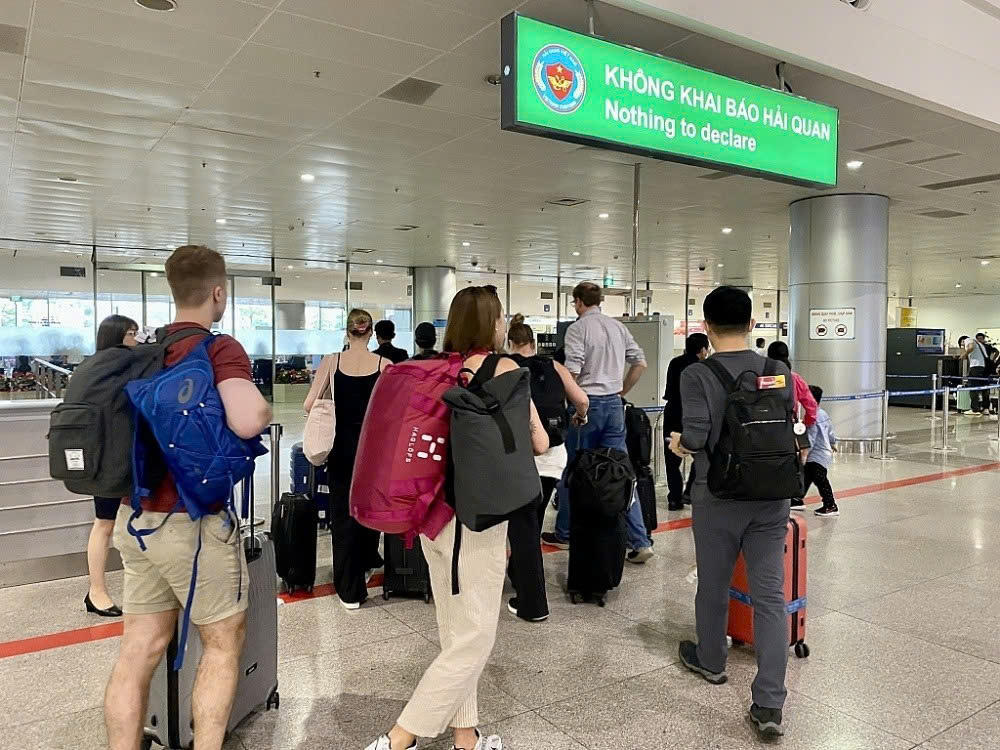
Starting July 1, 2025, 20 newly established regional Customs Branches will officially come into operation under Decision No. 2019/QĐ-BTC dated June 11, 2025, issued by the Ministry of Finance. This marks a significant step forward, reflecting the Ministry’s strong commitment to implementing the Politburo’s policy of building a “streamlined – efficient – robust” administrative apparatus aligned with regional and local characteristics following structural consolidation.
Maintaining Stability for Smooth Operations
Empowering Directors General of Customs Departments to define the functions, tasks, authority, and organizational structures of subordinate Customs Branches- after consultation with the Ministry of Finance- as well as internal units under the departments, represents a major breakthrough in decentralization. This approach aligns with modern public governance trends.
Decision No. 2019/QĐ-BTC also annuls four outdated decisions (No. 966, 968, 958, and 955/QĐ-BTC issued on March 5, 2025), underscoring the completion of the organizational streamlining phase and the transition to a stable, efficient operational model.
In parallel with the structural reorganization, the Ministry of Finance has directed the Customs sector to accelerate administrative reform and enhance the application of information technology in customs operations. The ultimate goal is to build a modern, transparent, and professional Customs system that maximally facilitates businesses and fosters economic growth.
Optimized Management Model for the Aviation Sector
The Ministry has also established a specialized regional customs model for the aviation sector, reflecting national strategic priorities. This model enhances risk prevention capabilities and enables proactive control over the flow of cross-border goods and passengers, while still ensuring smooth and efficient trade operations.
Notably, in Southern Vietnam, assigning a single regional customs unit (Region XV) to oversee both Tan Son Nhat and Long Thanh international airports aligns with global best practices. This unified management model, particularly crucial for the aviation sector with its distinct characteristics, strengthens state governance and contributes to the country’s socio-economic development in the new era.
Experts have noted that this is not merely an administrative reorganization, but a strategic decision that reinforces soft sovereignty in economic and aviation security—embodying a forward-looking governance philosophy.
Source: haiquanonline
